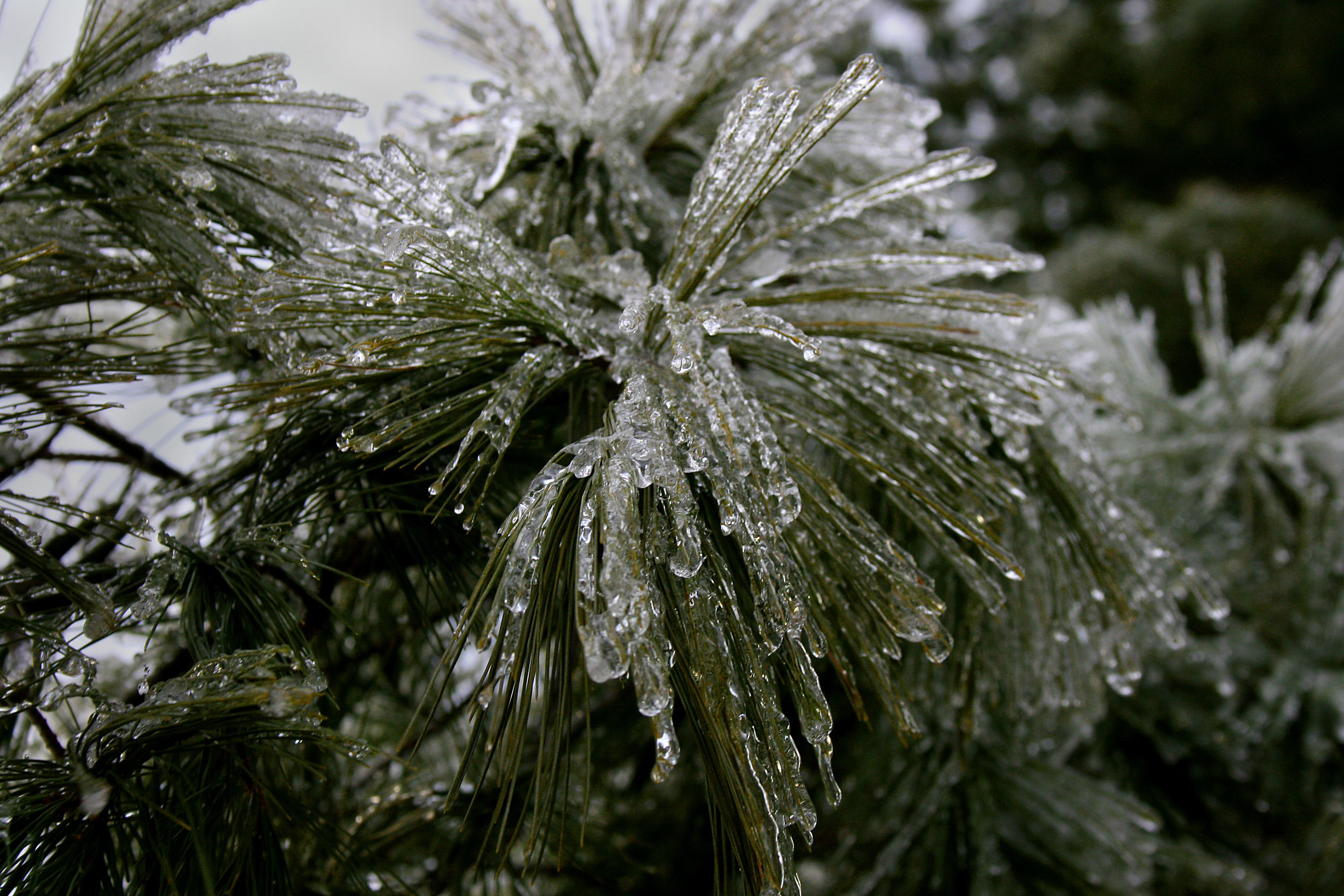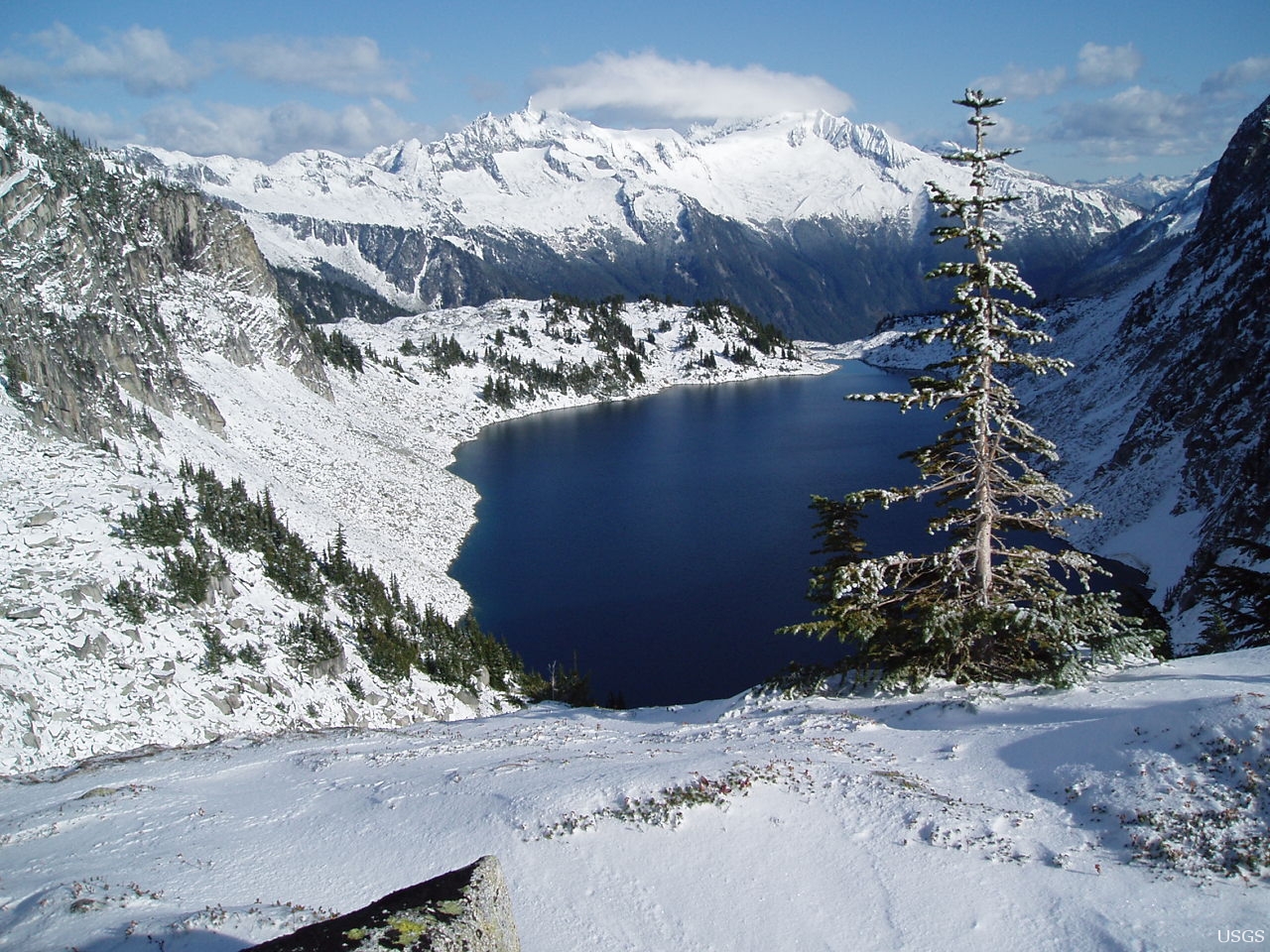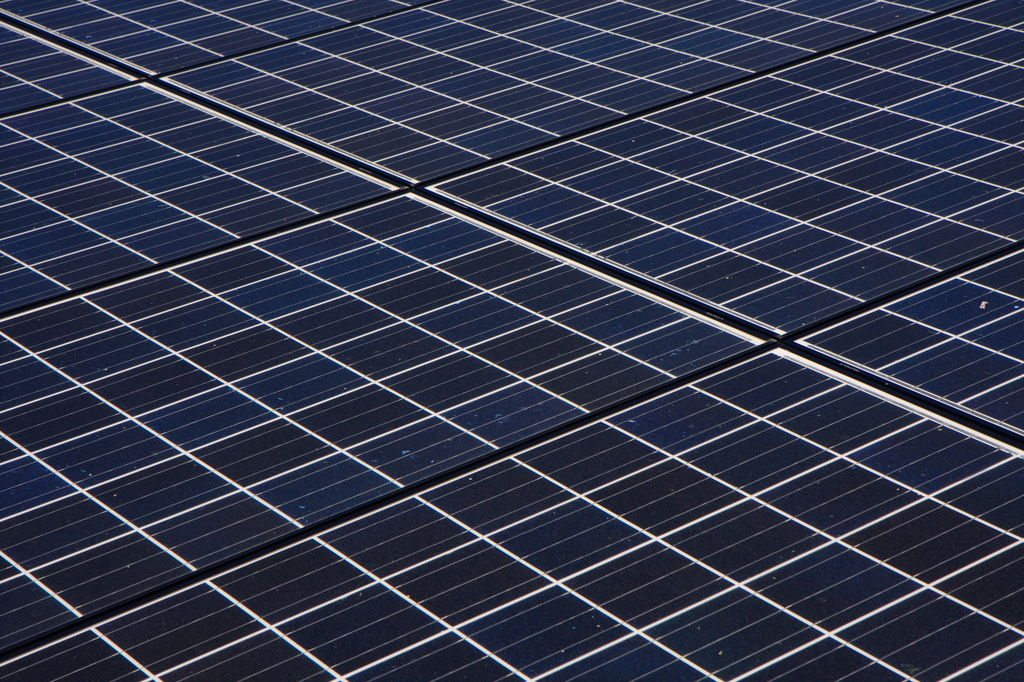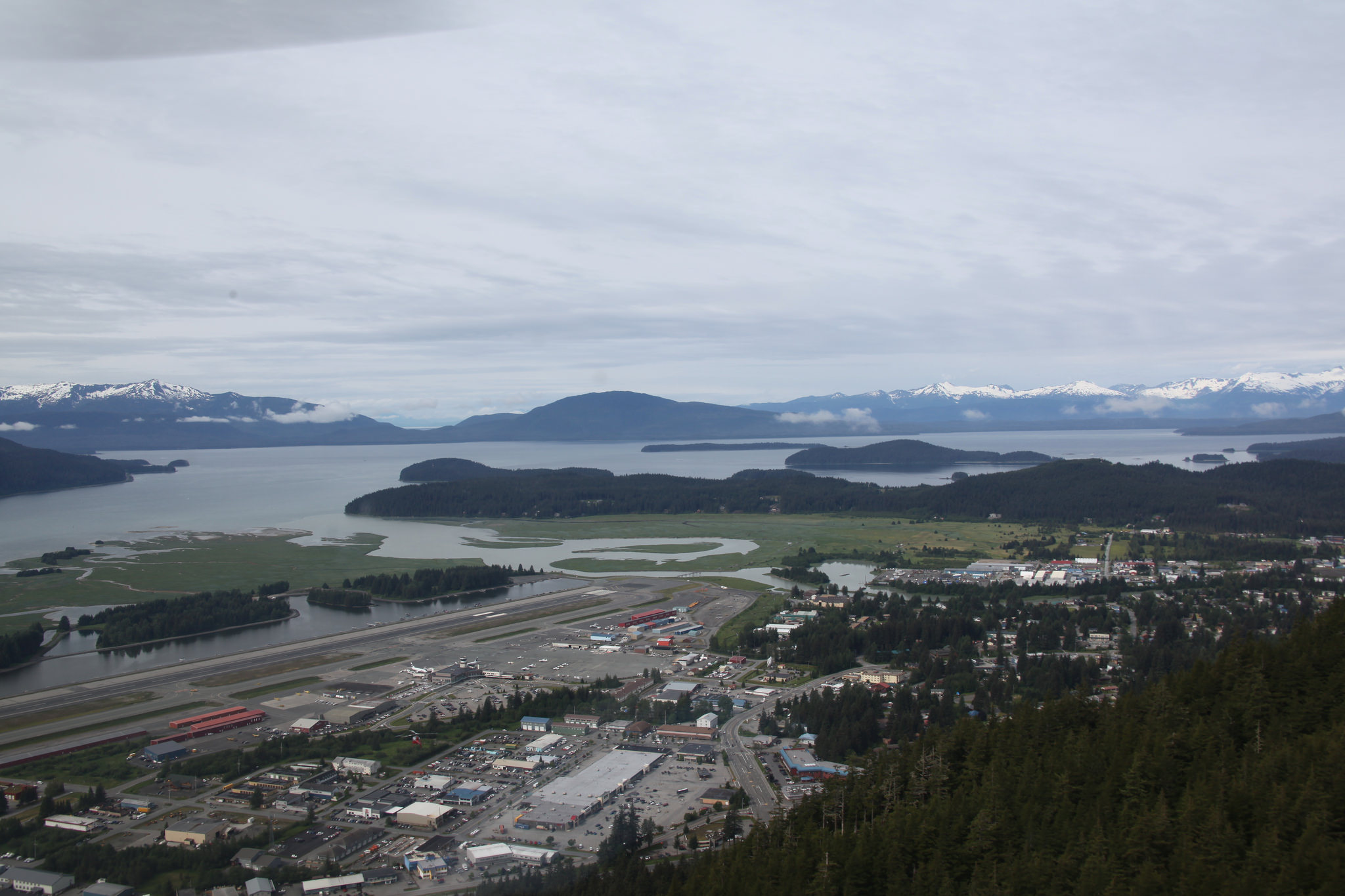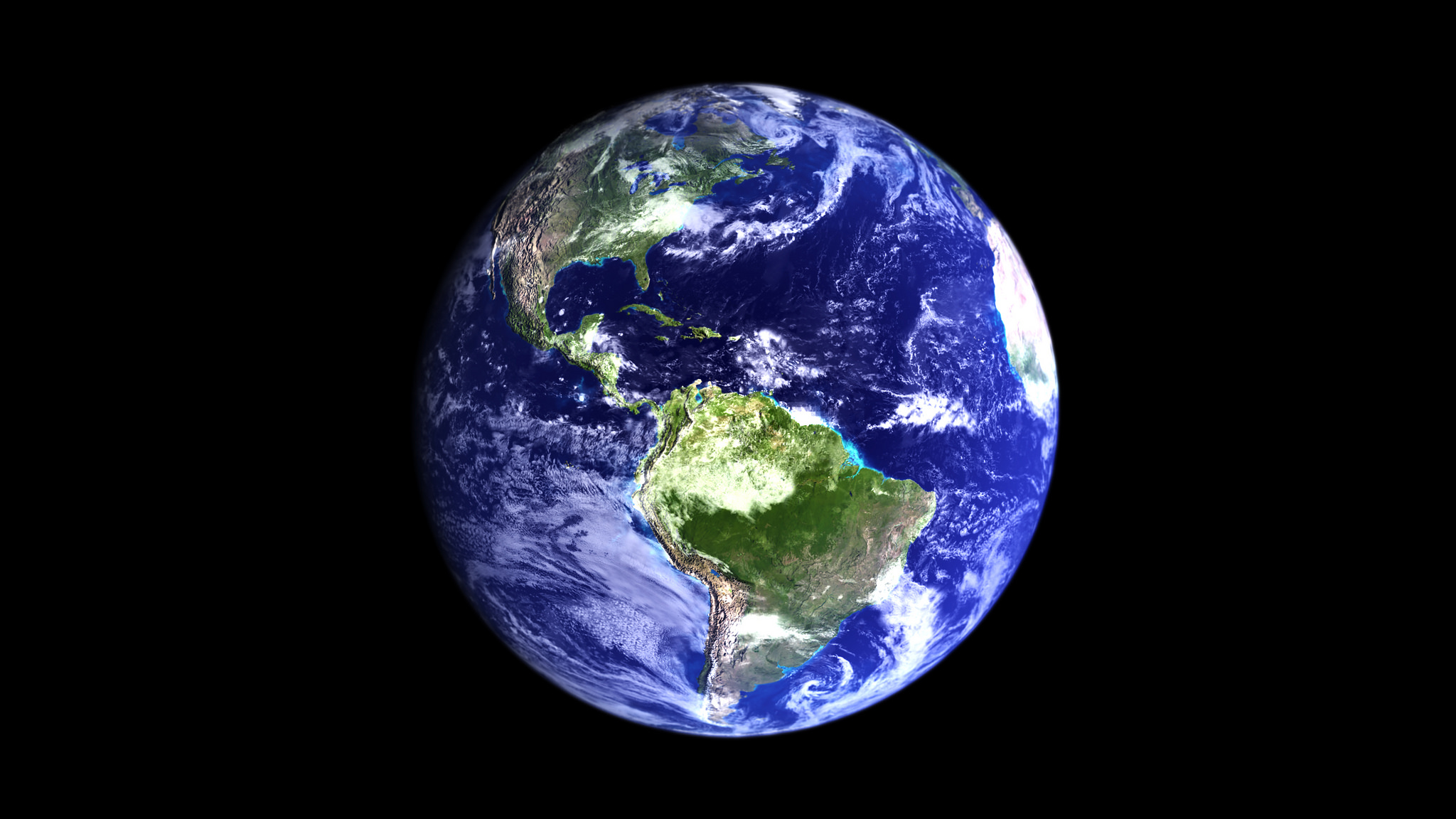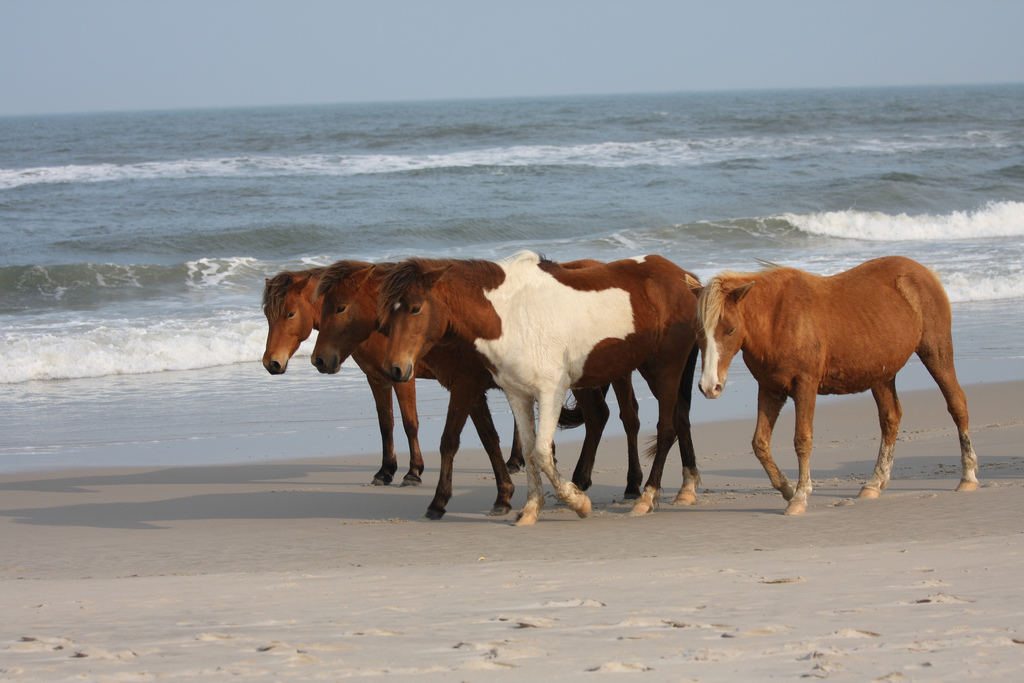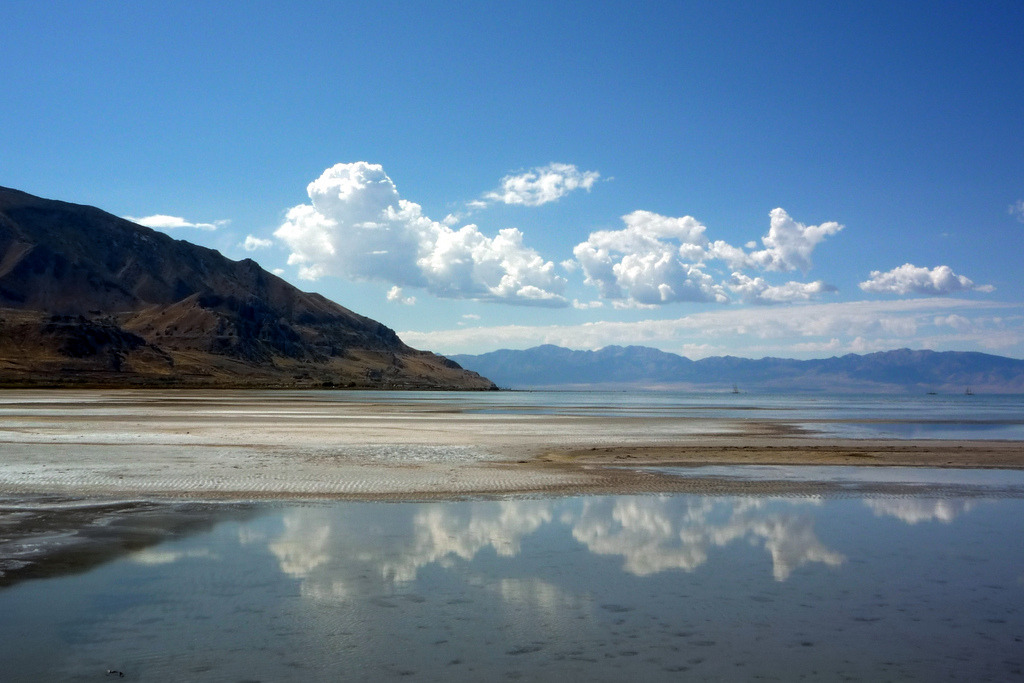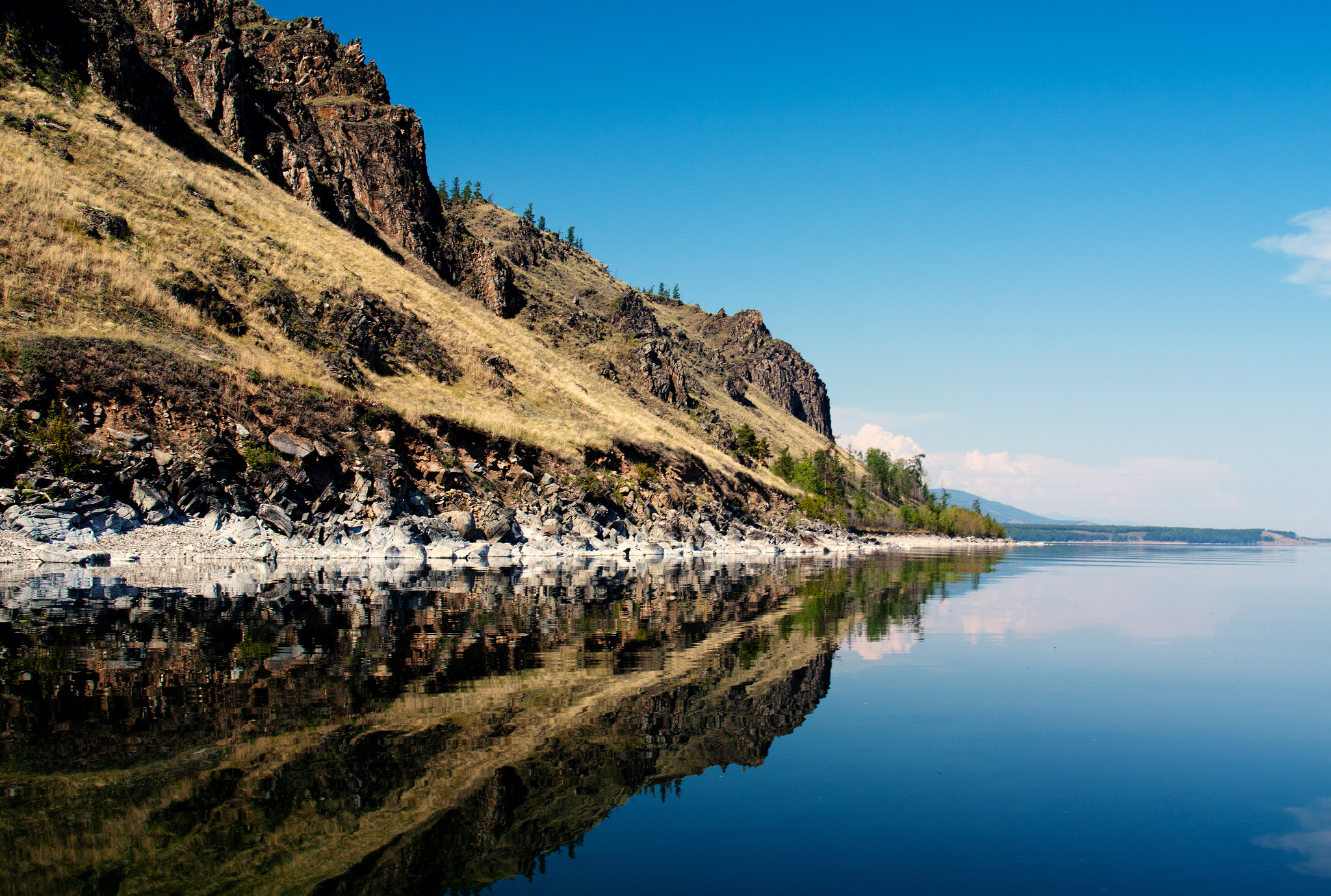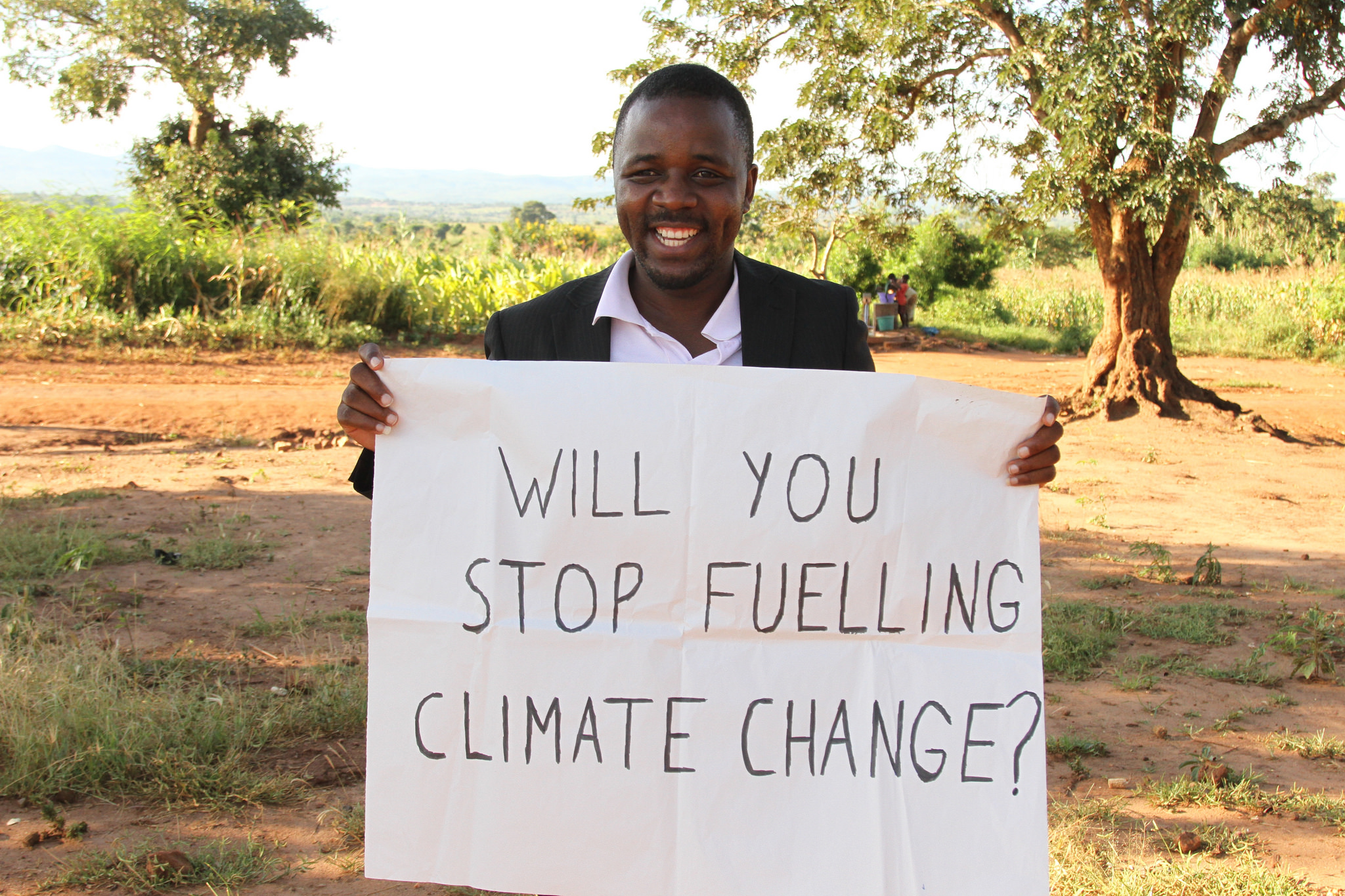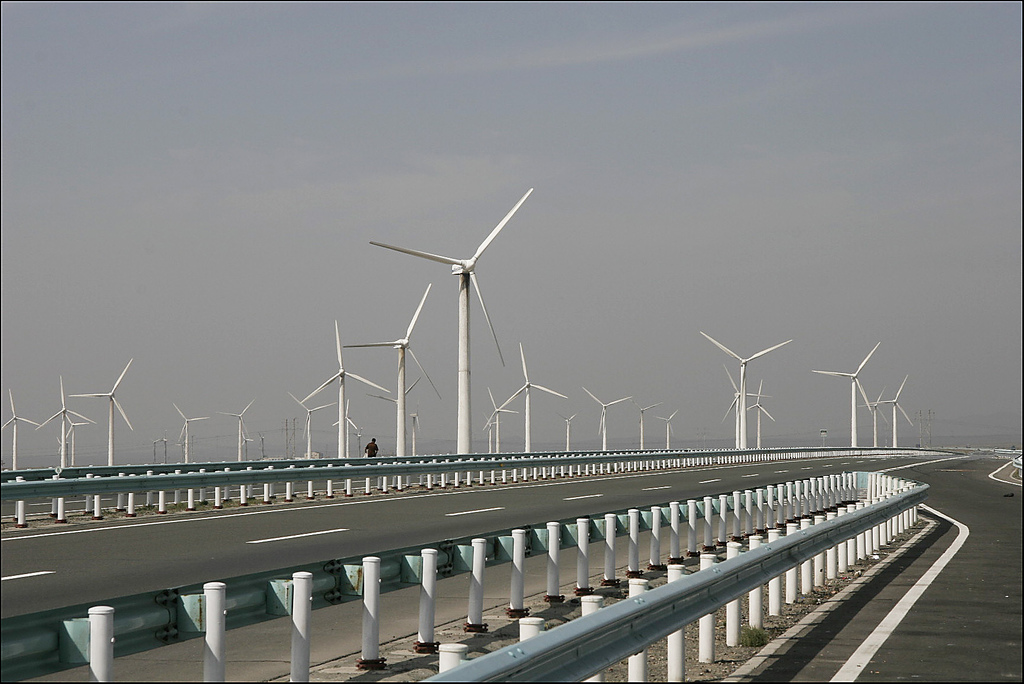Climate Change
Northeast Temperatures
A year ago, nearly 200 countries signed an agreement, known as the Paris Accord, to fight climate change by mitigating greenhouse gas emissions. They each promised to reduce their carbon output as soon as possible, and to do their best to keep global warming well below 2-degrees Celsius (or 3.6 degrees Fahrenheit).
Climate Change And Heat Waves
2016 was the hottest year on record and saw many extreme weather events. How much of what happened resulted from climate change has yet to be assessed. However, the analysis of 2015 – which was the hottest year on record up until last year – has been presented in a special publication by the American Meteorological Society.
Cheap Wind And Solar Power
Multiple studies are now reporting that wind and solar power are the cheapest way to make electricity in a growing number of places around the world. A thorough analysis of the levelized cost of energy – which considers every cost component from capital expenditures to operating and maintenance costs over a lifetime – shows that solar and wind power are winning the day.
Can Polar Bears Be Saved?
Climate change is posing a major threat to polar bear survival. The polar bear, whose native range lies largely within the Arctic Circle, depends on sea ice for nearly all of its life cycle functions. And rising temperatures are causing that sea ice to disappear.
Alaska’s Threatened Communities
Because of its Arctic location, Alaska is warming about twice as fast as the rest of the United States. The past year has been the warmest on record. The forces of erosion and increasingly powerful storms have resulted in the imminent risk of destruction for at least 31 Alaskan towns and cities. Many are predicted to become uninhabitable over the next few decades. Residents of these places are likely to join the growing flow of climate refugees around the globe.
Fish On The Move
As the oceans warm, many kinds of fish are on the move, seeking cooler and deeper water. Because of this, the fishing industry is struggling with antiquated regulations that are not moving as fast as the climate is changing.
Global Climate Or Local Weather?
We don’t experience climate; we experience weather. And a new study has found that what Americans believe about the changing climate often depends more on their personal experience than what is going on around the world.
Can Cheetahs Survive?
A new study has revealed that the global population of the world’s fastest land animal – the cheetah – is down to only 7,100, a drop of 50% over the past 40 years. The dramatic decline in cheetah population could soon lead to the extinction of the species unless urgent conservation efforts are made.
Is Coal Coming Back?
The new administration has promised to revitalize the coal industry in the U.S. A major part of this plan is to eliminate various regulations that hamper that industry. But the truth is that coal has lost ground for far more important reasons than regulation.
Widespread Local Extinctions
Plants and animals have evolved over time to live in specific environmental niches. As the climate warms, parts of the ranges in which they live may no longer offer the conditions under which they can thrive. Species can respond to these changes in three ways: they can adapt to new conditions by undergoing niche shifts; they can relocate to better conditions, such as by moving to higher elevations or latitudes; or they can locally go extinct.
Changing National Parks
America’s National Parks are special places of incomparable beauty and fascination. When the National Park Service was first created 100 years ago, it was instructed to leave these places “unimpaired for the enjoyment of future generations.” We now live in a time when the changing climate is altering many aspects of the landscape including in many national parks. The parks are protected, but they are changing.
Climate Engineering
With the forthcoming administration change, it appears that the federal government is likely to start backing away from tackling climate change and may even be obstructive towards efforts to mitigate the growing problem of greenhouse gas emissions.
Vulnerable to Extinction
According to the International Union for the Conservation of Nature, the world’s tallest land mammal may be in trouble. Giraffe populations have declined dramatically over the past 30 years, falling to approximately 97,000 from 163,000 in the 1980s.
The Great Salt Lake Is Shrinking
Utah’s Great Salt Lake is the largest salt water lake in the Western Hemisphere and is the largest body of water in the United States after the five Great Lakes. When the pioneers first arrived in the area back in the middle of the 19th century, the lake spread across about 1,600 square miles. Now, the lake covers an area of only about 1,050 square miles, a reduction of about 35%.
Lake Baikal
Lake Baikal is an ancient and massive body of freshwater found in the mountainous Russian region of Siberia. Deep and voluminous, Lake Baikal holds 20% of the planet’s unfrozen freshwater. And it’s often been described as the world’s cleanest and most pristine lake.
Rising East Coast Seas
Sea levels are rising around the world because of melting ice as well as warming waters since water expands as its temperature goes up. Average sea levels around the world are predicted to rise by about three feet by the end of the century as a consequence of the warming climate.
Solar Power And African Food Security
Some of the poorest countries in the world are unfortunately among the most vulnerable to the effects of climate change. Malawi, for example, has 90% of its population in rural areas and 80% of its labor force is associated with agriculture.
China As Climate Leader
China and the United States today produce nearly half of the world’s carbon emissions, so the fight against global climate change depends greatly upon what actions the two countries take. China has undergone a dramatic transformation over the past twenty years from a largely rural society to one that is far more urbanized and far more energy intensive. In 1997, when the Kyoto Protocol on climate was negotiated, China was only responsible for 14% of global CO2 emissions. It then surpassed the US on that front in less than 10 years and now accounts for nearly 30% of the world’s emissions.

